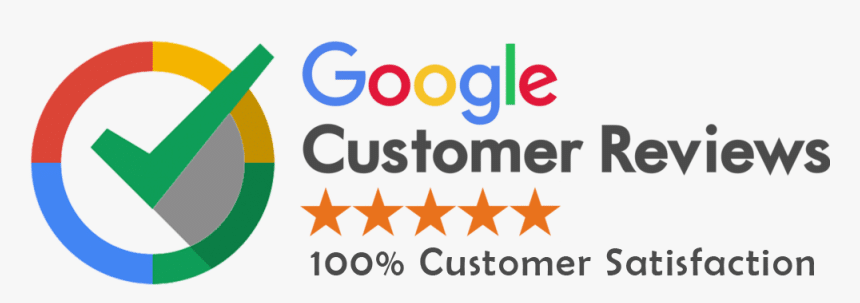7 Best SEO Strategies for E-commerce Website. You can consider your eCommerce store as a gate to riches. Why? That’s because the more sales you see your site generating, the more money will go into your pocket. If you are converting at least 5-10% of total visitors into customers then it means that you have hit the jackpot and you are on the right track. If you want to increase your e-Commerce conversion rate, then make sure that you are using the following SEO strategies:

1. Optimize Your Product Pages
When it comes to optimizing product pages, make sure that you have included all the necessary details, including the title, description, keywords, and images. You also need to make sure that the page is fast loading and mobile-friendly.
2. Optimize Your Category Pages
Category pages are also important, so make sure that you are optimizing them as well. Add the necessary details, including the title, description, and keywords.
3. Optimize Your Homepage
Your homepage is also important, so make sure that you are optimizing it as well. Add the necessary details, including the title, description, and keywords.
4. Optimize Your Landing Pages
Landing pages are also important, so make sure that you are optimizing them as well. Add the necessary details, including the title, description, and keywords.
5. Optimize Your Robots.txt File
Make sure that you are optimizing your robots.txt file so that search engines can easily index your website.
6. Optimize Your XML Sitemap
Make sure that you are optimizing your XML sitemap so that search engines can easily index your website.
7. Optimize Your Webpages for Social Sharing
Make sure that you are optimizing your web pages for social sharing so that more people can share your content on social media platforms.
By using the above SEO strategies, you will be able to increase your eCommerce conversion rate and see more sales coming in from your website.




